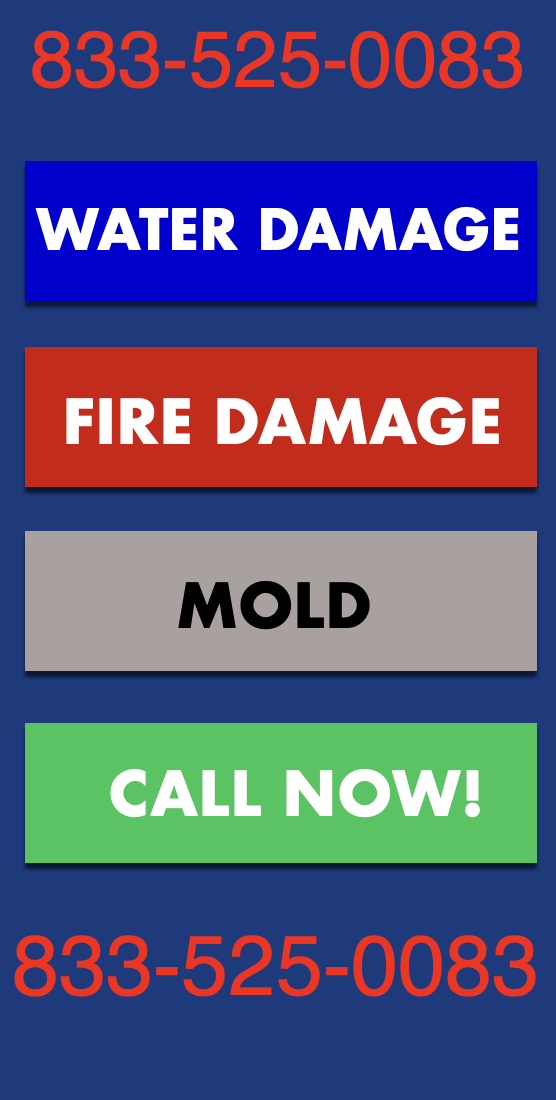Basement Water Damage Repair
Water damage is a pervasive problem that can strike any home or building, often when least expected. It’s a term that encompasses a range of issues caused by water intrusion which causes rotting of wood, mold growth, bacteria growth, rusting of steel, swelling of composite woods, and de-laminating of materials. Understanding the common causes, such as natural disasters, plumbing failures, or roof leaks, and recognizing the potential effects on both property and health is crucial.
Basement Water Damage Repair
Step 1: Safety First – Turning Off Electricity and Gas
Before addressing any water damage, safety is paramount. You must turn off all electricity and gas in the affected area. Water is a powerful conductor of electricity. Shutting off the power reduces the risk of electrocution. Similarly, gas leaks in wet conditions can lead to fires or explosions.
Step 2: Identify and Patch the Leak
The next step is to find the source of the water and stop it to prevent further damage. Common sources include burst pipes, leaking roofs, or overflowing sinks. Once identified, you should try to patch the leak temporarily. This could also involve turning off the main water supply, applying waterproof tape on leaky pipes, or using buckets to catch drips. Remember, these are temporary fixes; a professional will be needed for permanent solutions.
Step 3: Water Removal Techniques
After securing the area, the focus shifts to removing standing water. The method depends on the water volume. For small amounts, mopping and soaking up water with towels might suffice. More robust solutions like sump pumps or wet/dry vacuums are needed for larger volumes. Professional water extraction services might be necessary in extreme cases, especially in natural disasters.
Step 4: Drying and Cleaning
Once the water is removed, drying out the area is crucial to prevent mold and mildew. This involves not just air drying but also the use of dehumidifiers to remove moisture from the air. It’s also essential to dispose of water-damaged items responsibly, especially those that absorb water, like carpeting, insulation, and furniture. These items can harbor mold and bacteria if improperly treated or disposed of.
Step 5: Repairing the Damage
Water damage can have significant structural and aesthetic impacts. Structural repairs might include replacing drywall, fixing warped flooring, or repairing roof damage. On the cosmetic side, this could mean repainting walls or refinishing floors. Sometimes, these repairs can be DIY projects, but more severe damage will likely require skilled tradespeople.
Step 6: When to Call in the Experts
Knowing when to call in professionals is vital. If the water damage is extensive, involves sewage, or if mold growth has begun, it’s time to contact a water damage remediation company. When choosing a service provider, look for experience, proper licensing, and positive reviews. They can ensure the remediation process is thorough, safe, and effective.
Step 7: Preventive Measures Against Future Water Damage
Prevention is better than cure. Investing in measures like basement waterproofing, regular plumbing inspections, and ensuring good drainage around your property can save a lot of trouble and expense in the future. Regular maintenance checks for leaks, cracks, and moisture can also help in early detection and remedy.
Conclusion
Water damage is serious and it requires prompt and effective remediation to prevent further damage and health risks. By following these steps, homeowners can manage the immediate effects of water damage and take proactive measures to prevent future incidents. However, it’s also crucial to recognize when professional help is needed – it might actually save you money in the end. With the right approach, water damage can be efficiently managed and even prevented.
- Toilet Overflowing with Poop
- Wet Carpet Smell Health Risks
- Water in crawl space after heavy rain normal
- How to make a successful water leak insurance claim
- Flood Insurance Idaho
- Water Damage Mitigation
- Smoke Damage Boise
- Attic Mold Removal
- Roof Storm Damage
- Sudden Loss of Water Pressure In Whole House

